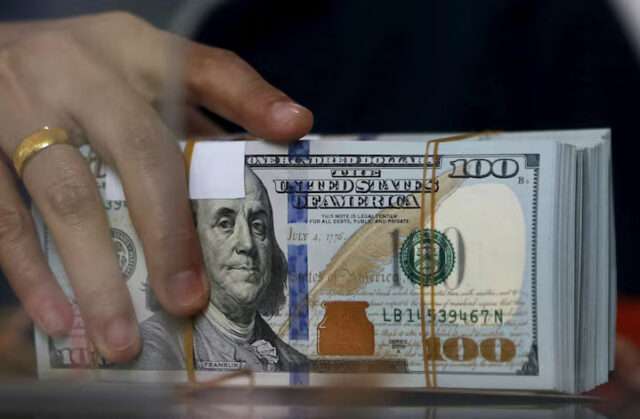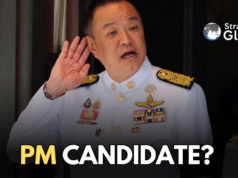
U.S. President Donald Trump’s call for a 10% tariff on all BRICS nations—Brazil, Russia, India, China, and South Africa—is based on the accusation that they are sabotaging the U.S. dollar by trading in local currencies.
But the reality is, countries didn’t choose to abandon the dollar—they were forced to after Washington weaponized it. By blocking access to dollar-based payments through sanctions and cutting off nations like Russia, Iran, and Venezuela from the SWIFT system, the U.S. left many countries with no choice but to seek alternatives.
The dollar wasn’t pushed out—it shut the door on itself. Now, Washington blames others for walking away from a system it deliberately locked them out of.
Over the last decade, the U.S. has turned the dollar into a political weapon by using SWIFT, the global messaging system that routes payment instructions between banks worldwide. SWIFT connects over 11,000 banks in 200+ countries and was designed to be a neutral platform for trade-related payments.
But under U.S. pressure, SWIFT has blocked access to countries under American sanctions, like Iran, Venezuela, and Russia. In 2022, when Russian banks were cut off from SWIFT and $300 billion in Russian central bank reserves—20% of its GDP—were frozen, it sent a clear warning: disobey the U.S., and your financial lifeline can be shut off.
As a result, countries importing oil and gas from sanctioned suppliers had no option but to bypass the dollar. India pays for Russian crude in rupees and UAE dirhams through non-SWIFT channels. China uses yuan to settle Russian gas trade. This isn’t an anti-dollar strategy—it’s a survival mechanism triggered by U.S. sanctions.
Details of local currency and non-dollar trade:
- Russia and China now settle over 90% of their trade in rubles or yuan—up from 30% before 2022. Gazprom now accepts yuan for gas exports to China.
- India imports oil from Russia with most payment settled in local currencies. In 2022, the RBI allowed trade settlements in Indian rupees, helping countries with dollar shortages. Russian banks opened rupee accounts in India for oil payments. India has rejected China’s call for a BRICS common currency.
- Brazil has set up a yuan clearing system and promotes local currency finance through the BRICS Bank.
- China operates the Shanghai Petroleum and Natural Gas Exchange, where more energy trade is being settled in yuan.
- Even Saudi Arabia—the original architect of the 1970s petrodollar pact—has said it is open to oil payments in non-dollar currencies.
- Other countries like Iran, UAE, Turkey, and Kazakhstan are also turning to local currencies or barter to keep trade going under U.S. sanctions.
Trading in local currencies is not a threat—it is a country’s sovereign right. With proper planning, local currency trade can cut transaction costs by up to 4% by avoiding double dollar conversions at both the buyer’s and seller’s ends. As more countries realize these savings, local currency trade is likely to grow.
As part of crude oil trade—valued at over $4 trillion annually—begins to decouple from the dollar, U.S. dominance over global payments is slipping. The dollar still holds 60% of global reserves and is used in 70% of trade, but its monopoly is weakening. Trump’s tariff threat may accelerate, not stop, this shift. It is not BRICS that undermined the dollar—but Washington’s own use of it as a weapon that triggered this pushback.
The dollar’s global dominance is not backed by any treaty, only by historical trust and power. That trust has eroded due to U.S. overreach.
India Must Be Cautious
India must tread carefully and avoid rushing into a one-sided trade deal under U.S. pressure. Washington’s recent actions make it clear that what it offers are not traditional free trade agreements, but MASAL deals—Mutually Agreed Settlements Achieved through Leveraged Arm-twisting.
While pushing India to sign such a deal, the U.S. has simultaneously proposed a 10% tariff on all BRICS nations, including India, accusing them of undermining the dollar. It has also introduced a bipartisan bill to impose 500% tariffs on countries that continue buying Russian oil and gas—directly targeting India’s energy security.
These aggressive moves indicate that even after a deal, the U.S. may still impose new tariffs on political grounds. India must factor in these risks, safeguard its strategic and economic autonomy, and ensure that any agreement genuinely serves long-term national interests.
The author is founder of the Global Trade Research Initiative




